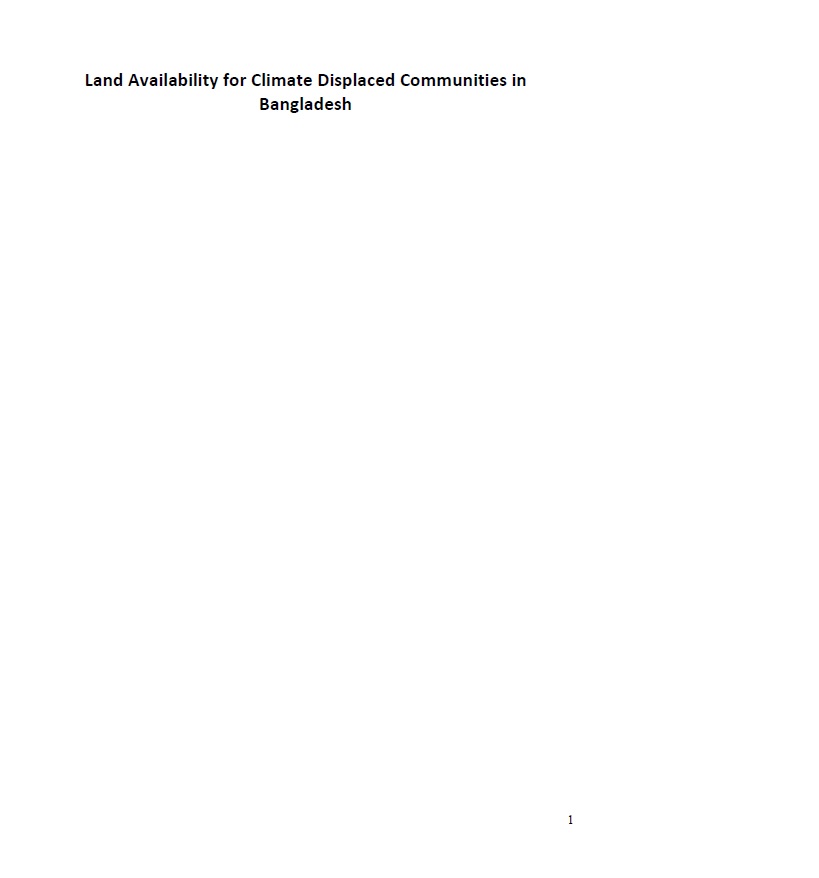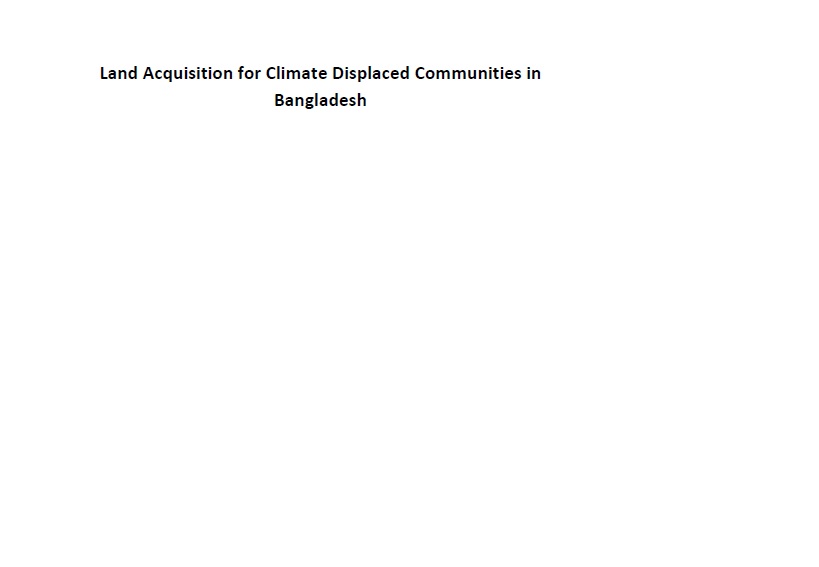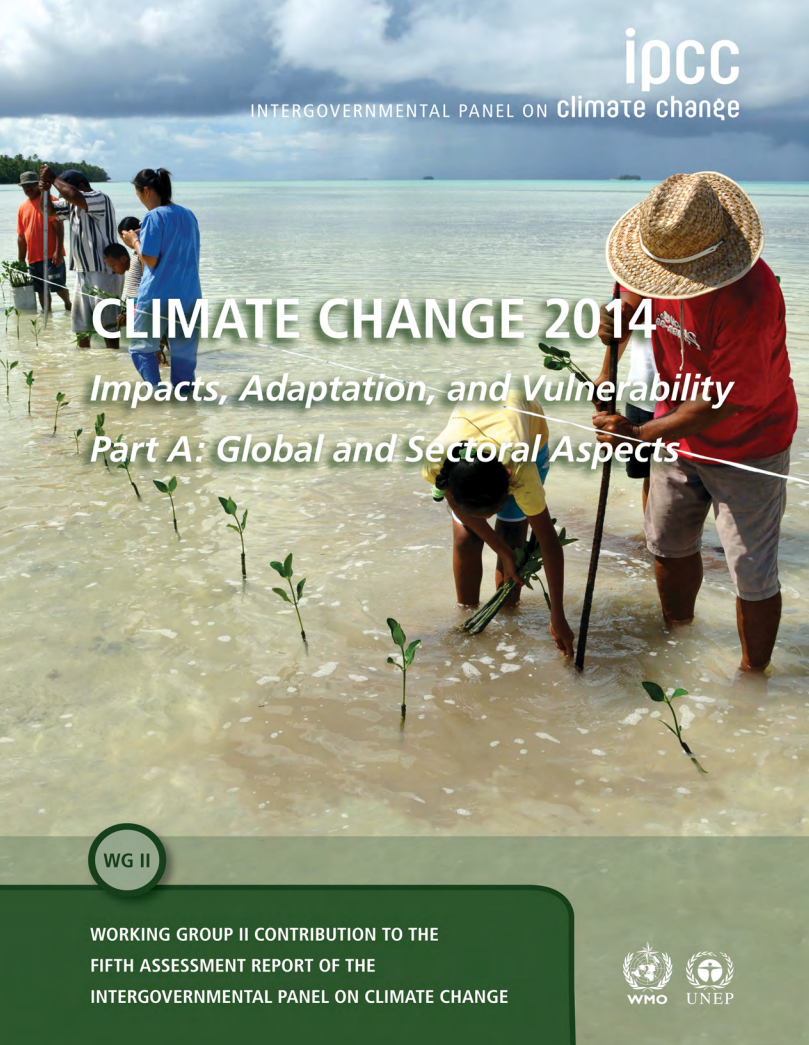Experiencias de Manejo y Gestión de Cuencas en el Ecuador. Indicadores para una Evaluación Rápida
El presente documento realiza una síntesis de las experiencias de manejo y gestión de cuencas en el Ecuador; a la vez que, a partir de teorías y tendencias relacionadas con este tema hace también una reflexión sobre las mismas. Además expone un estudio de caso en una cuenca gestionada a través de un proyecto de la FAO para mostrar una metodología de evaluación rápida, de tipo cualitativa, basada en opiniones de los diferentes actores que han participado en el proceso, así como en las visiones externas de técnicos que visitaron el sitio.




